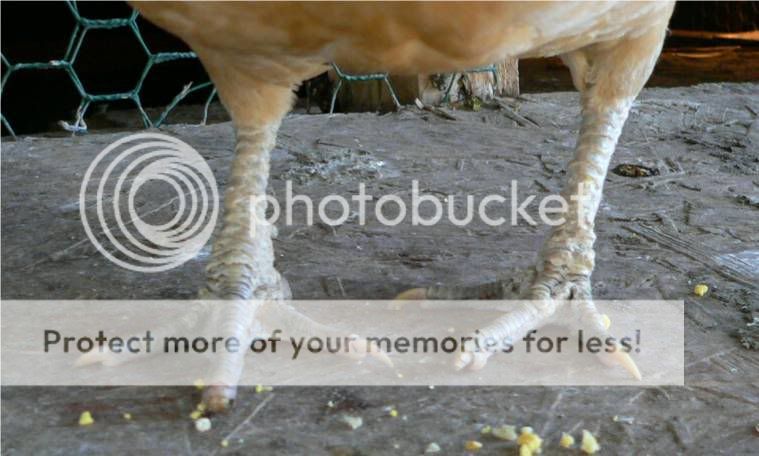- Apr 30, 2009
- 7
- 0
- 7
Hi all, I am new here to posting. I usually just lurk to find answers.
I am including photos of toes of some of my chickens. I know I have problems with scaly leg mites, but isn't this different?
I can't figure out if the nails fell out or if they became engulfed by the swelling. I took the worst one and smothered his feet in bag balm the other day, and it seemed to make no difference. Is this a different symptom of scaley leg mites? or do you think it has to do with inbreeding? I have had chickens for about 15 years and have not seen this before. thanks,
~Sara


I am including photos of toes of some of my chickens. I know I have problems with scaly leg mites, but isn't this different?
I can't figure out if the nails fell out or if they became engulfed by the swelling. I took the worst one and smothered his feet in bag balm the other day, and it seemed to make no difference. Is this a different symptom of scaley leg mites? or do you think it has to do with inbreeding? I have had chickens for about 15 years and have not seen this before. thanks,
~Sara





